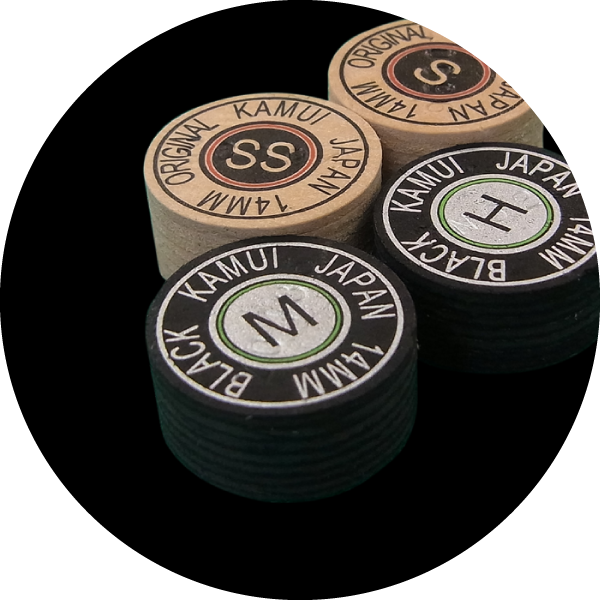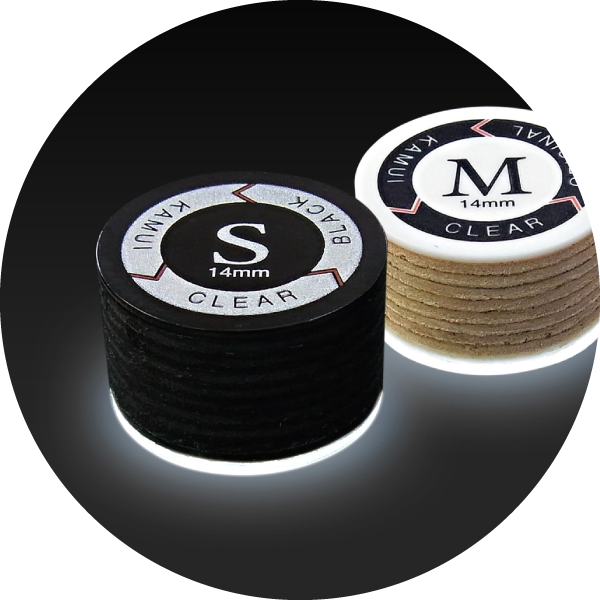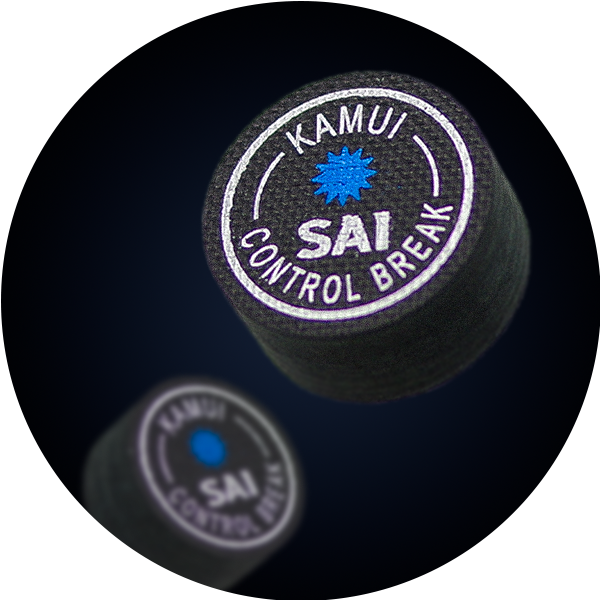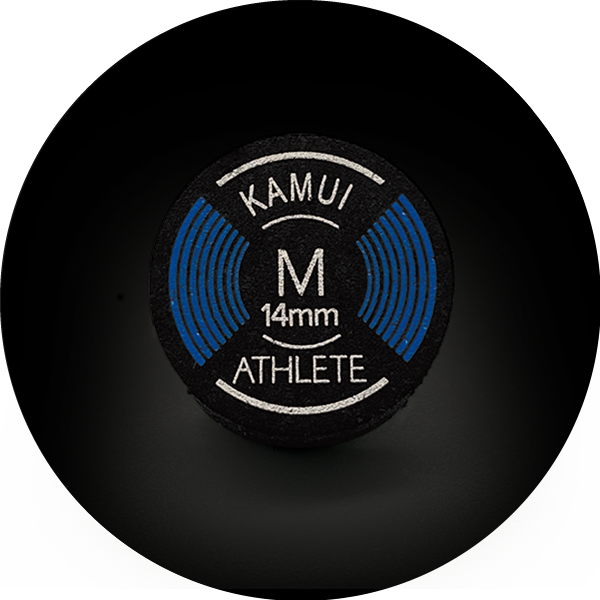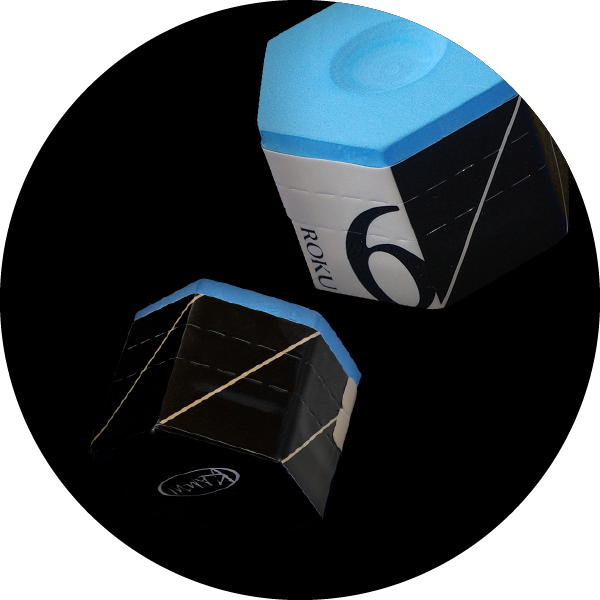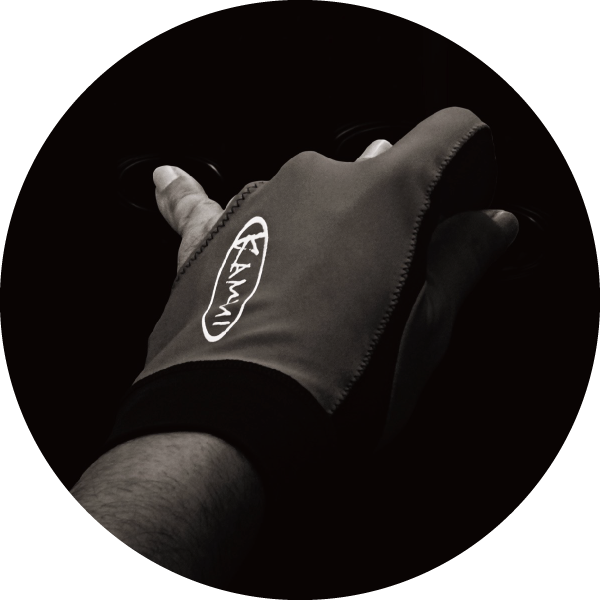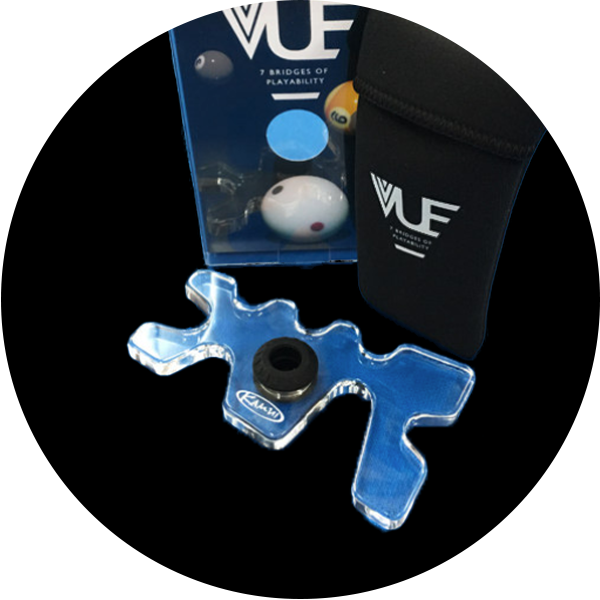The leather used for tips is classified into two types: plant tanning (vegetable tanning) and chrome tanning (chromium sulfate foundation tanning).
In both plant and chrome tanned leather, the differences are evaluated in terms of robustness and elasticity.
*Ruggedness: Strength and resistance to wear.
*Elasticity: The force that returns a tip to its original shape when the tip deforms due to pressure (e.g., striking the ball). It is required for tips.
Plant Tanning:
As compared to chrome tanning, it is more resistant to wear and more stable from the initial state because the bonds between the fibers are more stable and durable. Therefore, it is possible to achieve stable play immediately after tip attachment.
On the other hand, it is difficult to obtain a unique gentle feel like a black tip (representing a chrome tanned tip) before breaking-in.
Chrome Tanning:
Chrome tanning is inferior to plant tanning in tenacity and weak bonds between fibers.
Therefore, it takes time to break-in and reach a stable hardness, but there is also a way to obtain stable hardness by pressing in advance.
A black tip is representative of chrome tanning.
In general, chrome tanning is the process for many single-layer tips, and there are variations in the strength of ties between fibers due to differences in the parts of the leather. Therefore, it is difficult to achieve stabilized quality compared to laminated tips.




